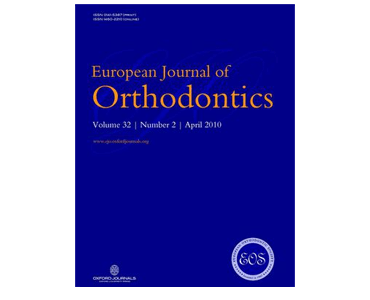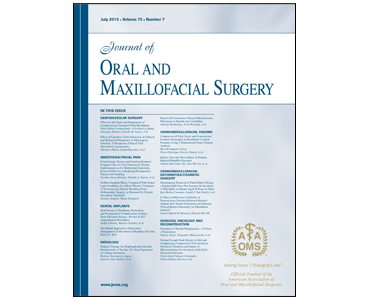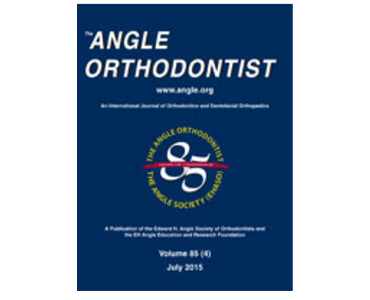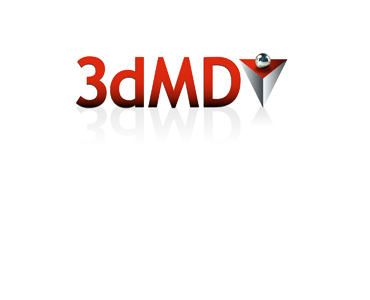Trisomy 21 and Facial Developmental Instability. JM Starbuck, TM Cole III, RH Reeves, and JT Richtsmeier.
Date: February 2013. Source: American Journal of Physical Anthropology, Volume 151, Issue 1, pp 49-57. Abstract: The most common live-born human aneuploidy is trisomy 21, which causes Down syndrome (DS). Dosage imbalance of genes on chromosome 21 (Hsa21) affects complex gene-regulatory interactions and alters development to produce a wide range of phenotypes, including characteristic facial dysmorphology. Little is known about how…









